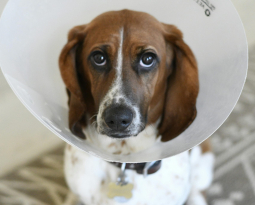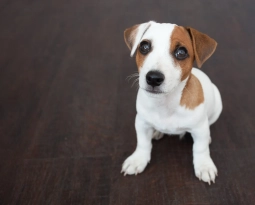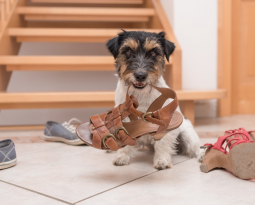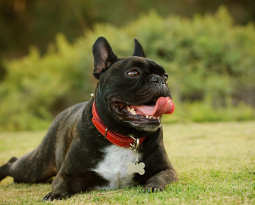Many pet owners become extremely concerned about bumps on their dog’s skin. The main reason for people’s concern is that sometimes these bonds can be cancerous or painful to their pets. Mostly, if your dog develops cysts on their skin, it’s nothing serious to worry about. However, there are some situations where your dog might need professional treatment to get rid of this skin problem.
Please continue reading to learn more about the types of cysts on dogs and what you can do to resolve this problem. A veterinarian can help you determine if your dog is dealing with a cyst and which type of cyst your dog might have.
True Cysts
A true cyst is the most common type of cyst your dog might develop because it occurs when your dog’s sweat glands or other glands become blocked. In difficult situations, if your dog keeps getting true cysts, you may need to visit a veterinarian to remove the gland lighting to prevent this problem. These cysts operate similarly to human zits, so consider why you might develop cysts on your skin to help your dog prevent cysts on their own.
Follicular Cysts
If you notice a cyst on your dog with hair growing out, it is most likely a follicular cyst. Sometimes, these cysts will ooze on their own, which can look and smell disgusting, so don’t be concerned if you notice this problem. The main issue you have to worry about regarding follicular cysts is they can easily become infected when they pop.
When you bring your dog to a veterinarian for a follicular cyst, they might need to remove the ailment surgically. However, if your dog has many follicular cysts, they cannot surgically remove them because it would be too dangerous.
Dermoid Cysts
A dermoid cyst on your dog must always be completely surgically removed, or the cyst will grow back. Some people think a hot compress on your dog’s cyst is enough to eliminate them, but this may only temporarily shrink the cyst until it regrows. When you notice a cyst on your dog, you s, you should always bring your dog to the veterinarian for removal. The main issue you have to worry about with these types of cysts is that they can’t annoy and irritate your dog, especially if they’re large.
False Cysts
False cysts are a common liquid-filled spot under your dog’s skin. However, this spot will not leak pus as a regular cyst will. These false cysts develop when trauma occurs to the skin that causes the cells under your dog’s skin to die and Turn into liquid. Fortunately, these false cysts won’t develop into serious health problems that you need to worry about and typically won’t return once healed.
What To Do When You Find a Cyst On Your Dog
When you find a cyst on your dog, you need to call your veterinarian immediately because, most times, these cysts will need to be removed by surgery. While waiting for your veterinary appointment, you can regularly add a warm compress to your cyst to help reduce the size and ease your pet’s discomfort. Even if the cyst turns out to be false, you should take your dog to a vet to be sure.
When you find a cyst that your dog has, you should not attempt to pop it on your own because popping the cyst could lead to an infection and cost you more money in veterinarian bills. Plus, if the cyst turns out to be a false cyst, then you’ll only cause your dog more unnecessary pain and make its healing process harder than it needs to be.
Final Thoughts
Contact us at (520) 297-3593 when you notice any bump on your dog’s skin that you are unsure about. A veterinarian will determine which type of cyst it is or if the bump is cancerous so that you can get the correct treatment immediately. The last thing you want to do is treat something you think is a cyst, only to discover that it’s not. Our staff will keep your dog comfortable and give you the correct diagnosis immediately to ensure you don’t spend months and tons of money getting the wrong treatment.







